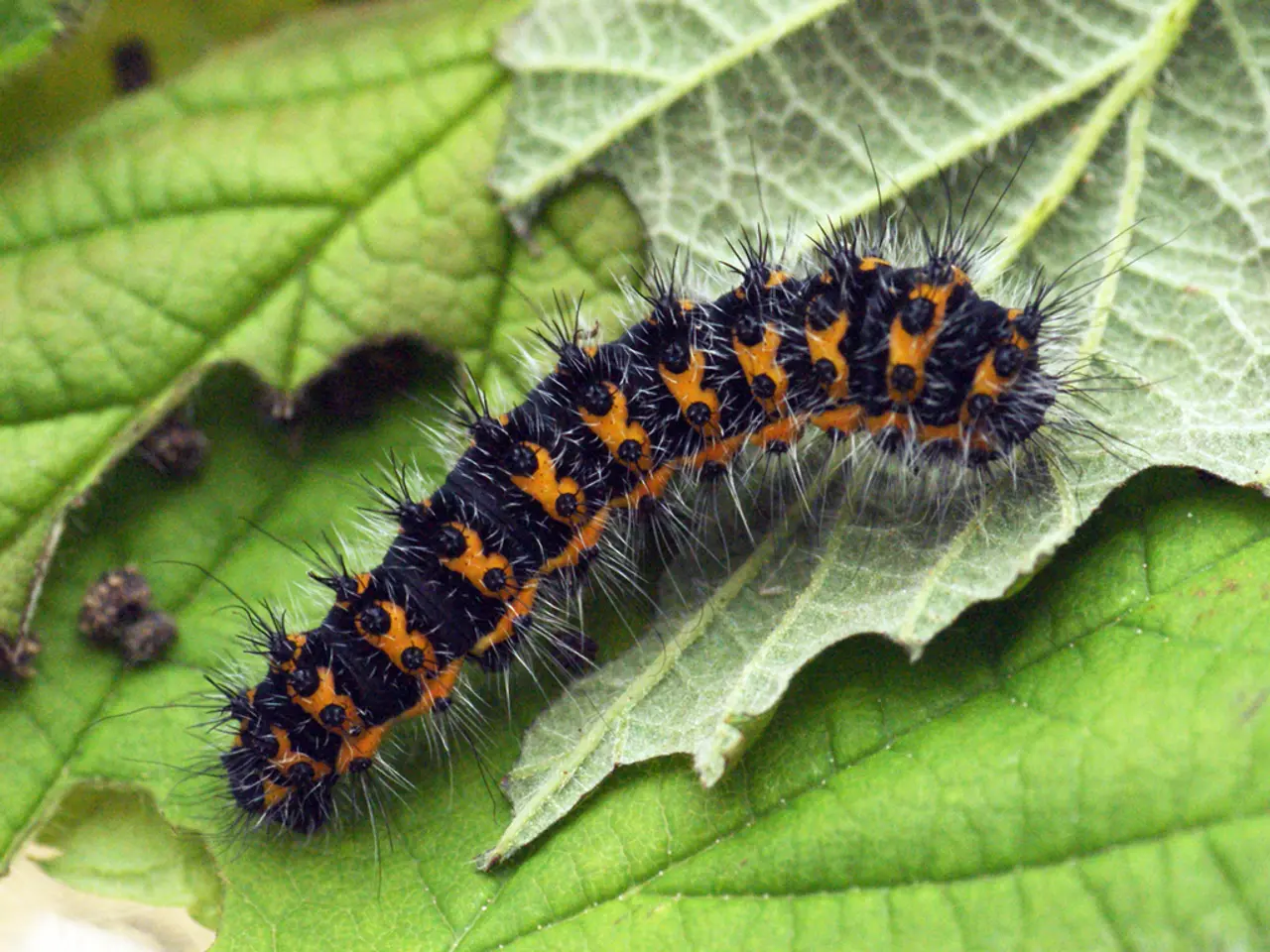Caterpillar Fungus: Gold Rush in Qinghai as Lab Cultivation Hopes Rise
In the remote regions of Qinghai, China, at an altitude of 16,400 feet, people are braving harsh conditions to search for the highly prized fungi, ophiocordyceps sinensis. This rare fungi, worth more than its weight in gold, is in high demand, particularly in luxury shops in Beijing and Shanghai, where prices have at least doubled by the time they reach the shelves.
The fungi, also known as 'winter worm, summer grass', is formed when the larvae of the ghost moth are infected by ophiocordyceps spores. The fungi controls the caterpillar's nervous system, killing it before breaking the surface. This unique lifecycle makes the fungi scarce and highly sought after.
In the city of Yushu, middlemen play a crucial role in the fungi's journey to market. They buy the fungi from pickers for approximately $5 each and sell them to established shops with a 10-20 percent markup. The high-quality cordyceps, those with a plump body and bright colour, can sell for over $100,000 per kilogram. However, the annual 'wormrush' for cordyceps is the only income for many pickers in the Himalayan region during May and June, making the search a critical part of their livelihood.
Companies like Guizhou Hualong Biological Technology Co., Ltd. and Sunshine Lake Pharma are working to cultivate cordyceps in labs. Sunshine Lake Pharma has successfully grown cordyceps that could potentially make up 20 percent of the entire market. This breakthrough could alleviate the pressure on wild populations, which are dwindling due to overharvesting and climate change.
The caterpillar fungi, once a local folk remedy, has seen its price soar due to increased Chinese demand. Its unique formation and scarcity make it a valuable commodity, but also one that is under threat. Lab cultivation could help meet the demand and protect the wild populations, ensuring the survival of this remarkable fungi.
Read also:
- Senate Tillis under spotlight in North Carolina as IRA tax incentives remain uncertain
- projected growth for the natural acetoin market: $291.6 million by 2034
- Latest Edition of Bus-News Magazine Arrives for 2023!
- Testing the Camp Mode of the 2025 Tesla Model Y with Juniper's interior housing two kids, shockingly low CO2 levels were discovered.








